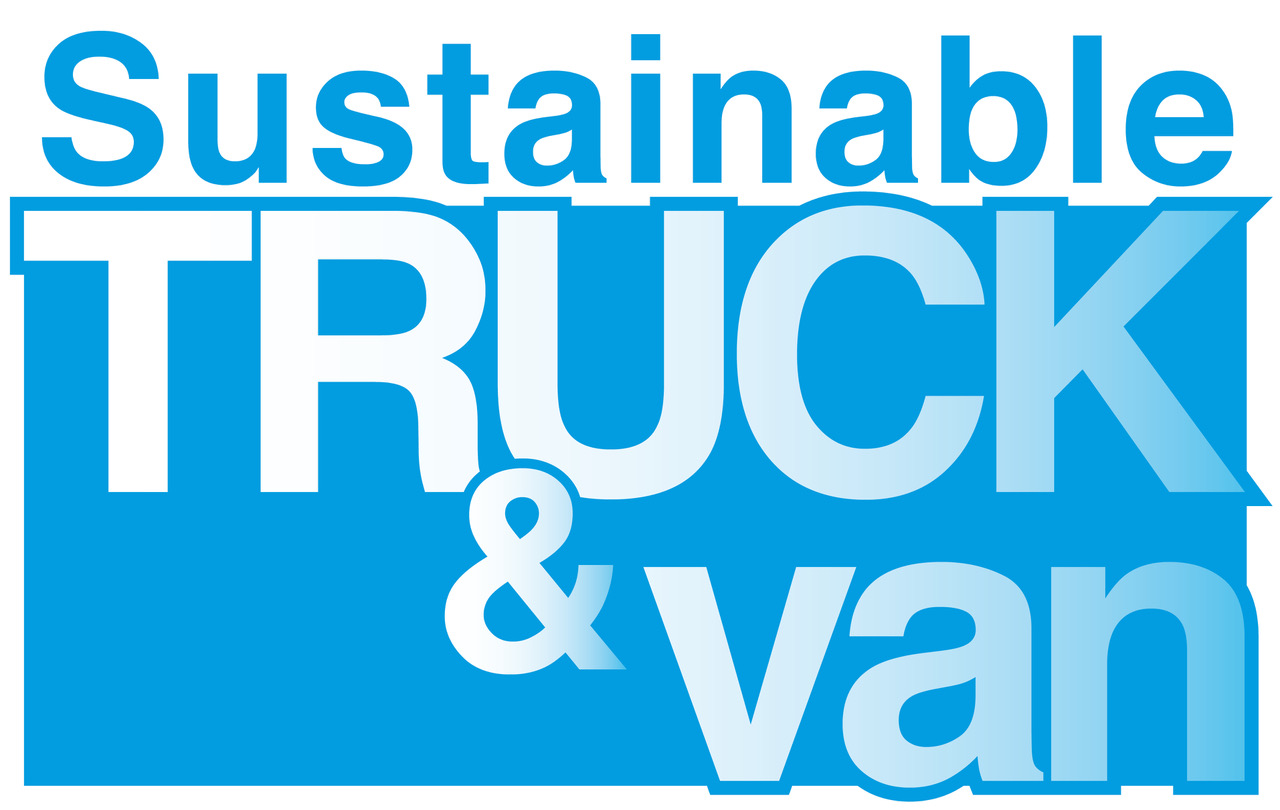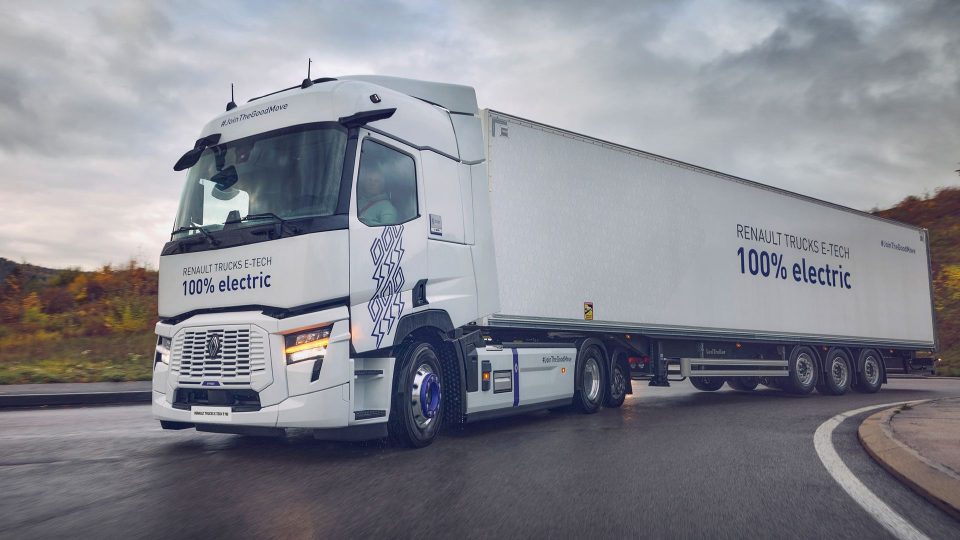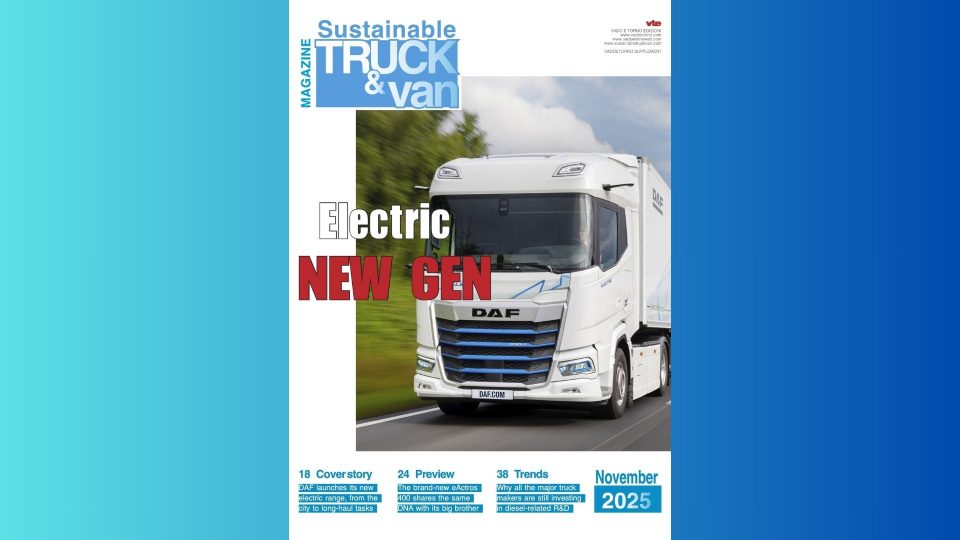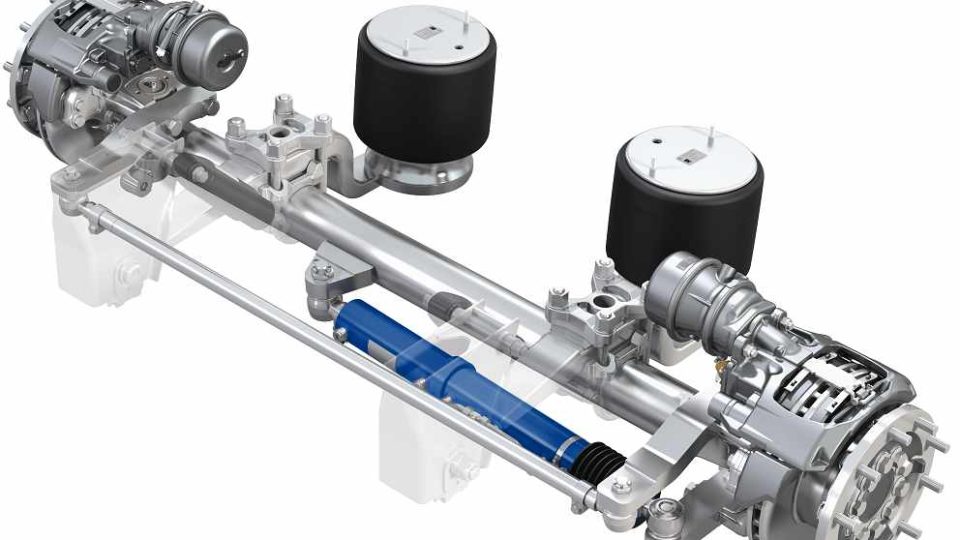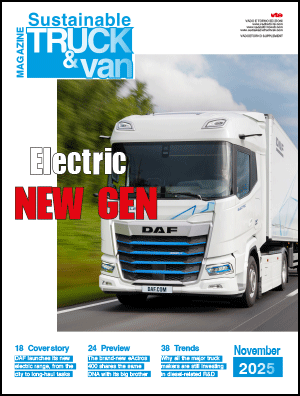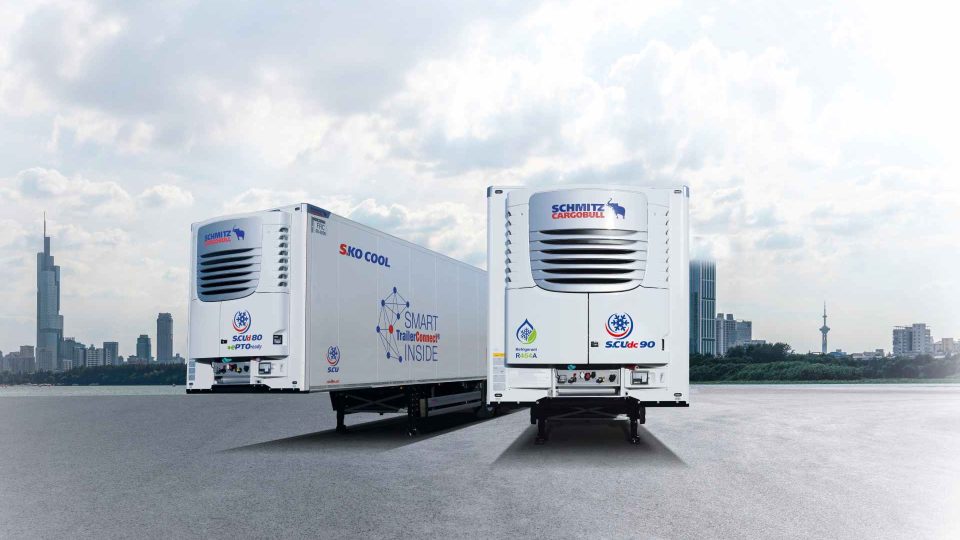Kia is working on cell-level battery passport for its EVs
a battery passport enables live State of Health (SoH) tracking, real-time repair diagnostics, and end-to-end traceability across the battery’s lifecycle. For EV drivers, this leads to benefits such as extended battery life, more affordable maintenance, and a higher level of trust when buying or selling used EVs. Let's find out more.

Battery Passport is the name of the initiative currently being trialed by Kia. We are talking mainly about cars, but also commercial vehicles, which have entered the Korean manufacturer’s orbit with the launch of the native electric PBV platform and the presentation of the PV5, which is also set to be in Europe by the end of this year.
More into details, a battery passport enables live State of Health (SoH) tracking, real-time repair diagnostics, and end-to-end traceability across the battery’s lifecycle. For EV drivers, this leads to benefits such as extended battery life, more affordable maintenance, and a higher level of trust when buying or selling used EVs.
Separate from this preliminary research, Kia has established a dedicated internal organization, bringing together experts from across the company, to develop its own battery passport service in collaboration with partners across the EV battery value chain and related networks. The Kia battery passport will go beyond regulatory requirements by including additional safety-related data, ensuring an exemplary standard that sets a benchmark for the industry. Kia plans to provide this service for all EV/HEV models sold in Europe by February 2027, as required by the EU battery regulation.
Kia’s battery passport for electric vehicles
Compared to conventional monitoring systems that only measure SoH of the entire battery pack or module, Kia’s research gathers and displays data for each cell. This in-depth data collection delivers various benefits to customers. With real-time SoH insights, customers can identify and address maintenance issues early. This can lead to extended battery life and reduced long-term costs. The battery monitoring’s enhanced precision also enables targeted cell-specific repairs. This allows individual cells to be replaced instead of complete modules, saving both time and money.
“Kia aims to set a new standard for customers regarding battery transparency and performance,” said Marc Hedrich, President and CEO at Kia Europe. “Through testing cell-level battery passports, we gain insights on what ownership benefits we can offer our customers. On top of advantages such as extended battery life, we will be building on a relationship of trust as well.”
